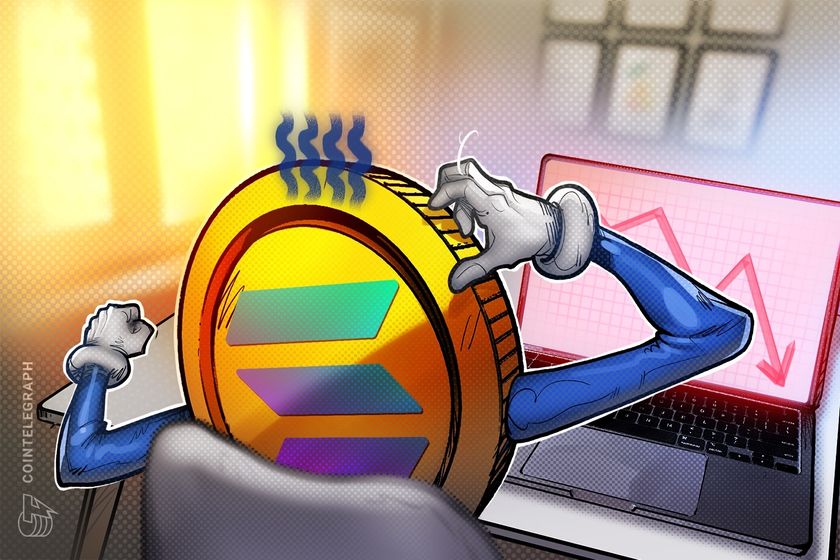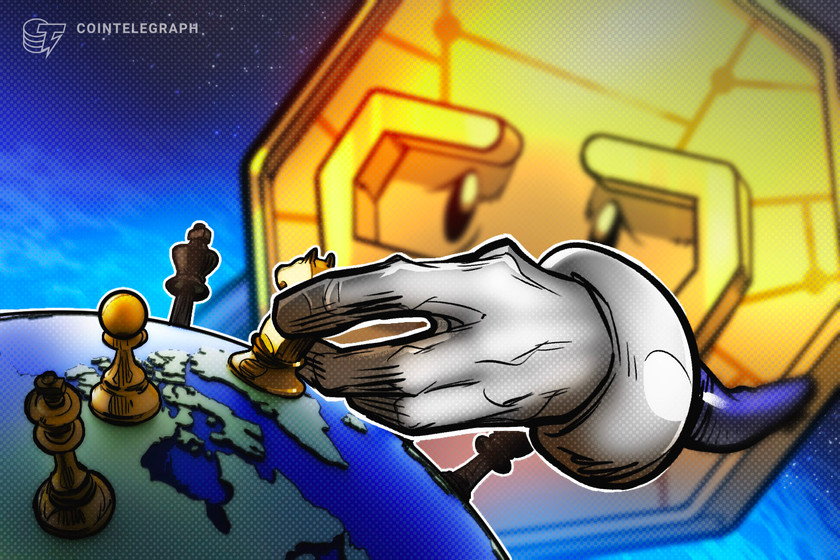
A Canadian restaurant franchise is putting their customer loyalty program on the blockchain through a new Tenacious Tacos NFT collection.
With 19 locations across Canada and a plan for expansion into the United States, this $6 million taco franchise wants to capitalize on their growing customer base.
The collection, Tenacious Tacos, allows holders to receive both Web3 and real benefits. Moreover, for those who wish, they can stake their NFTs to earn additional digital rewards.
According to the official statement, staked Tenacious Tacos can be redeemed for rewards such as the chance to win a lifetime of free food or monthly payouts in ETH/WETH.
Previously Landry’s restaurant group, which includes Bubba Gump Shrimp Factory and Rainforest Cafe, introduced a Bitcoin loyalty program. However, in that instance customers were able to earn rewards in Bitcoin (BTC), such as $25 worth of Bitcoin for every $250 spent at one of many restaurants in the brand.
StrEAT’s method simultaneously adds additional value to traditional loyalty programs and utility to NFTs.
A Canadian-based restaurant franchise is adding more utility to the growing number of NFT use cases. The StrEATS franchise plans to utilize NFTs in their new customer loyalty program.
Related: NFT utility to remedy ticketing dilemmas? Experts weigh in
Joe Klassen, CEO of Joeys Group of Restaurants and founder of the Tenacious Tacos NFT project, highlighted the importance of their community: “The vision with this project is to become closer with the community while simultaneously creating the opportunity for them to share in our growing success.”
The loyalty program’s real-life NFT benefits include a 20% off at all StrEATS locations, VIP event access, and voting rights on new menu features.
In June of this year the major burrito and taco chain Chipotle introduced cryptocurrency payments at nearly 3,000 locations across the U.S. Last month, the chain also announced a crypto giveaway to customers through a digital game.











